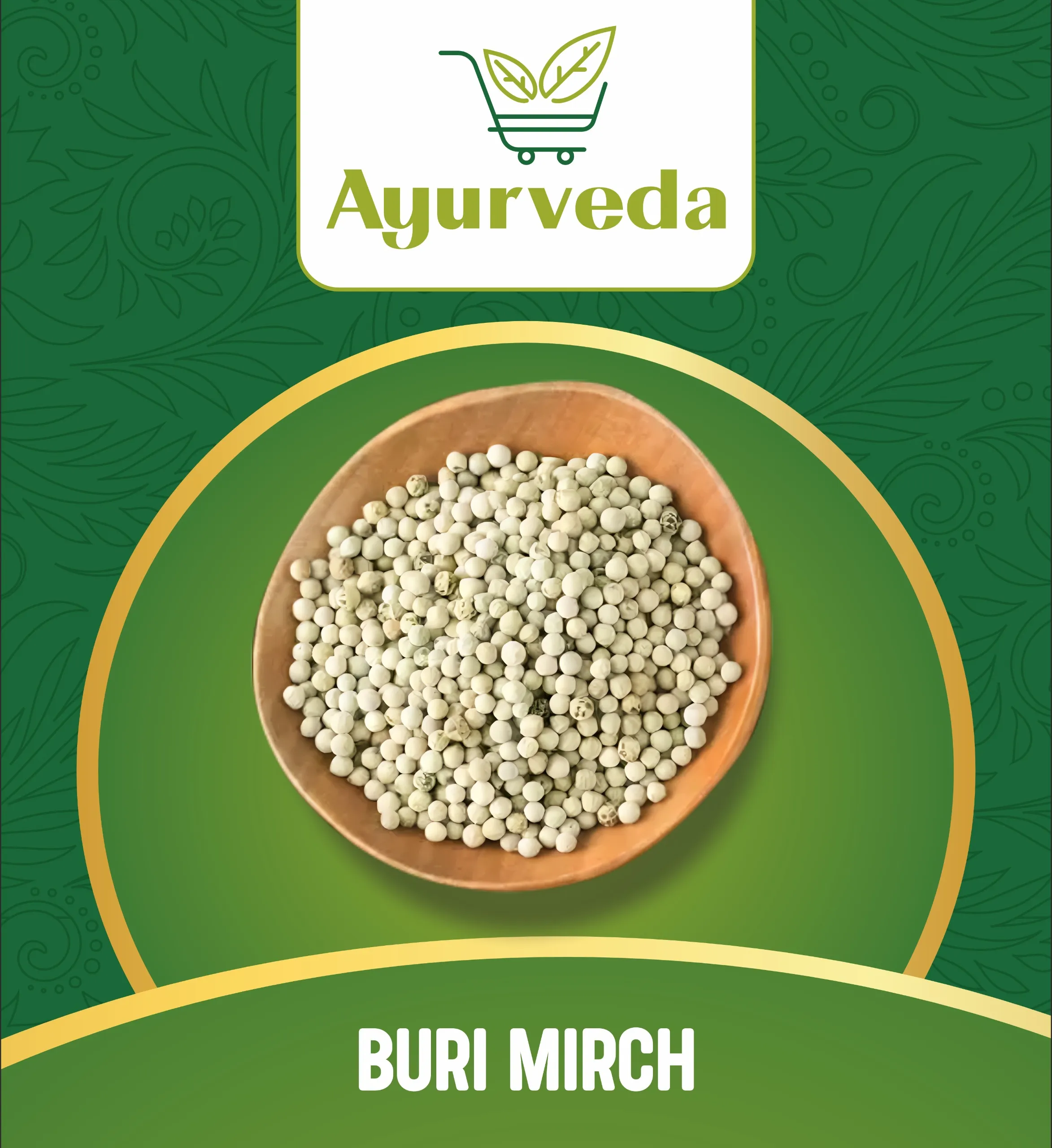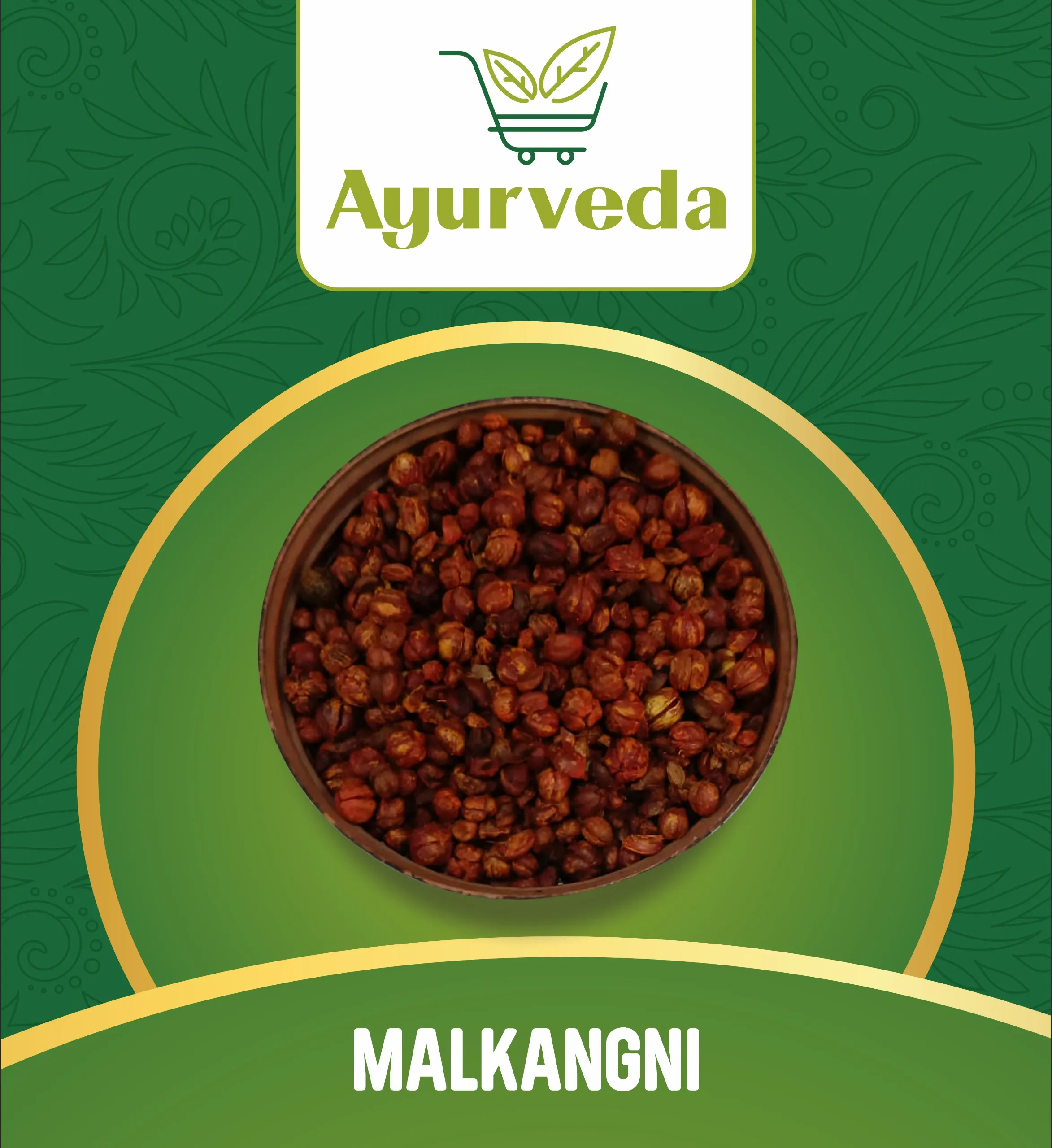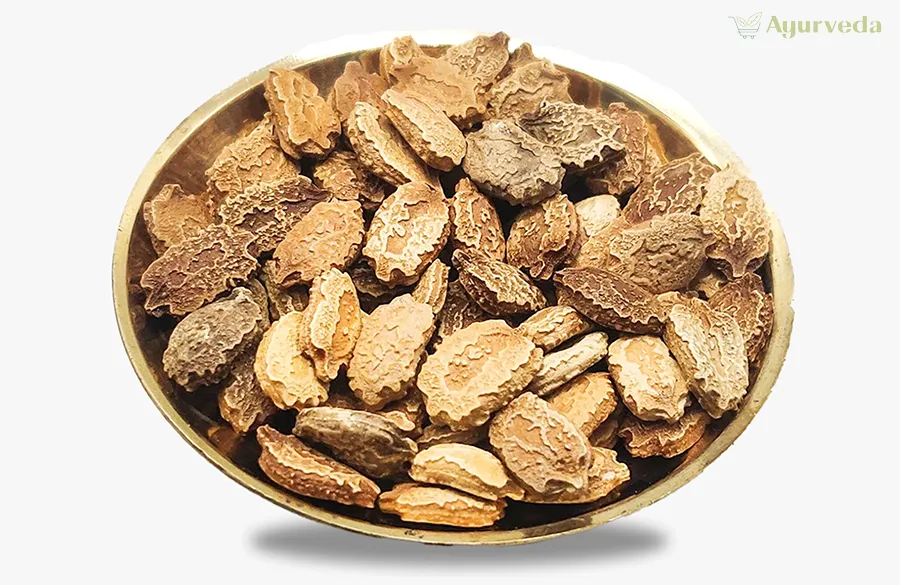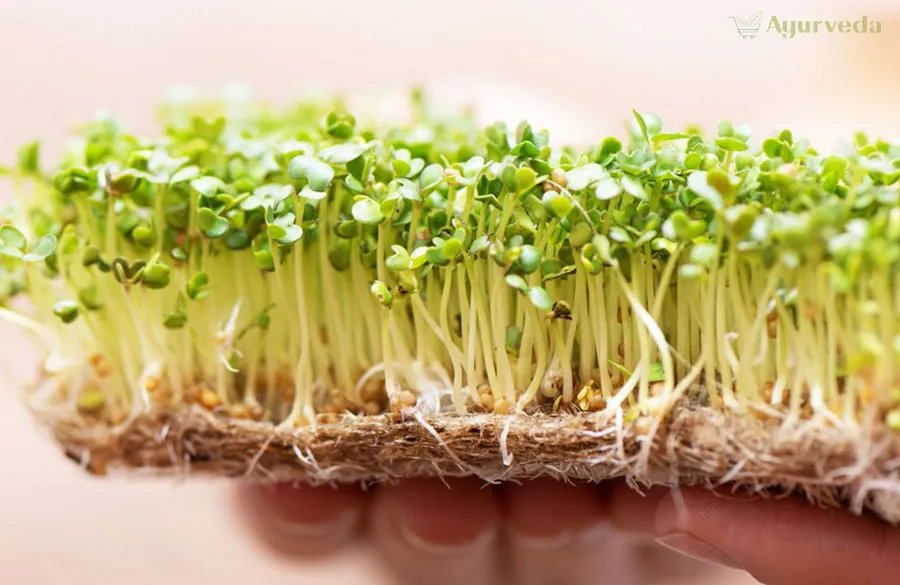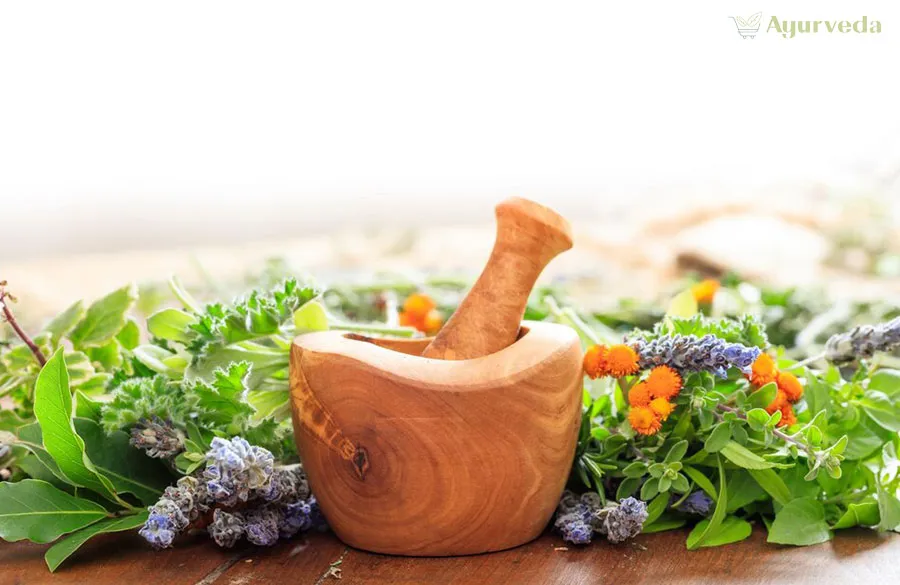
The Inderjo Seed: Uncovering the Marvels of an Ancient Plant
- 20 Feb, 2024
The Inderjo plant, scientifically known as Citrullus colocynthis, is native to the Mediterranean region, West Asia, and certain parts of Africa. It is a perennial vine with small, hardy fruits that contain the prized Inderjo seeds. The plant thrives in arid and semi-arid regions, making it a valuable crop in areas with challenging agricultural conditions.
Cultivation of the Inderjo plant dates back thousands of years, with evidence of its use found in ancient Egyptian, Greek, and Roman civilizations. These cultures revered the plant for its medicinal properties and used it to treat a variety of ailments, ranging from digestive issues to skin conditions.
One of the most notable characteristics of the Inderjo seed is its potent medicinal properties. The seed is rich in bioactive compounds, including cucurbitacins, flavonoids, and alkaloids, which contribute to its therapeutic effects. In traditional medicine, the Inderjo seed has been used to treat digestive disorders, such as indigestion, constipation, and diarrhea.
In addition to its medicinal properties, the Inderjo seed is also valued for its culinary uses. In some cultures, the seeds are ground into a powder and used as a spice to add flavor to dishes. The seeds have a slightly bitter taste, which adds a unique depth of flavor to various recipes.
Furthermore, the oil extracted from Inderjo seeds is used in cooking and as a salad dressing in some regions. The oil has a rich, nutty flavor and is high in unsaturated fats, making it a healthy alternative to other cooking oils.






